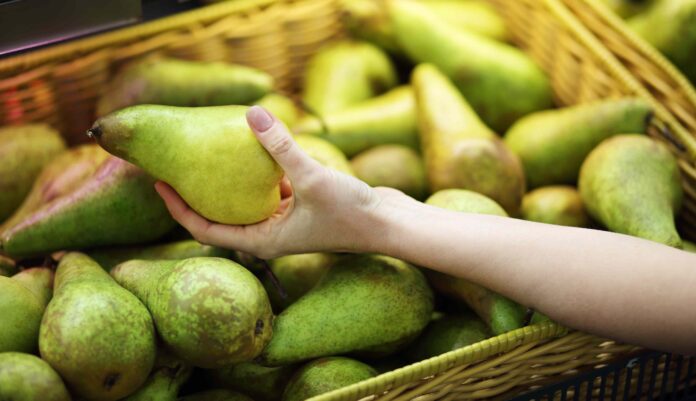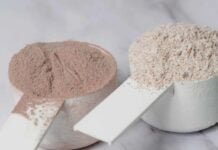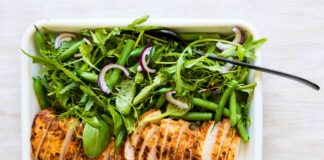Pears are in peak season, but selecting the most flavorful and nutritious ones requires knowing what to look for. Beyond simply grabbing what looks good, understanding ripeness indicators can ensure you enjoy a sweet, juicy fruit packed with health benefits. Here’s how to pick the perfect pear every time.
Color: A Sign of Antioxidant Power
The vibrancy of a pear’s color directly correlates with its nutritional value. Red and russetted varieties, for example, contain anthocyanins – potent antioxidants linked to protection against chronic diseases like cancer, heart disease, and diabetes. Green-skinned pears, on the other hand, are rich in quercetin, a flavonol that may help reduce inflammation and lower cholesterol and blood pressure. Choosing a pear with a deep, rich hue is a simple way to maximize antioxidant intake.
Firmness: The Gentle Press Test
Ripe pears yield slightly to gentle pressure, but avoid overly soft fruit. Pears ripen from the inside out, so checking for softness near the stem is the most reliable method. A pear that’s firm yet gives a little when pressed is likely at its peak.
Avoiding Overripeness: Nutrient Loss and Sugar Content
Overripe pears become mealy as vitamin C oxidizes, reducing their nutritional strength. Oxidation occurs when fruit is left out too long or begins to brown. While sweeter, overripe pears also contain higher levels of natural sugars like fructose and glucose. If monitoring sugar intake, firmer pears are a better choice. They contain more resistant starch, which supports gut health and helps regulate blood sugar.
Shape: A Rounded Base Indicates Ripeness
Most ready-to-eat pears have a well-rounded base that tapers smoothly toward the stem. Shape varies by variety: Anjou pears are generally rounder, while Bartlett, Bosc, and Concorde pears have longer necks. Regardless of type, a pear should feel heavy for its size, indicating high water content and a juicier, sweeter taste.
Bruising: Not Always a Dealbreaker
Thin-skinned fruits like pears bruise easily during handling and shipping. Bruising doesn’t necessarily mean the fruit is spoiled. However, avoid pears with extensive bruising or soft spots, as these areas may indicate decay. A small bruise is usually cosmetic and doesn’t affect the overall quality.
Ultimately, choosing a ripe pear is about finding the balance between firmness, color, and shape. By paying attention to these details, you can ensure a delicious and nutritious eating experience




















